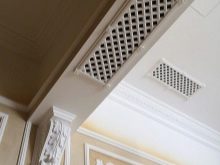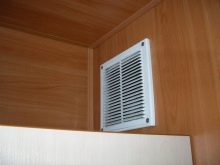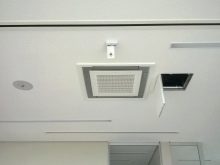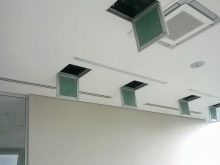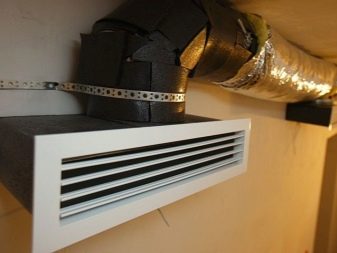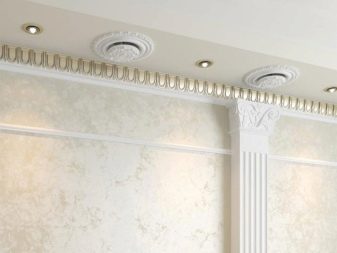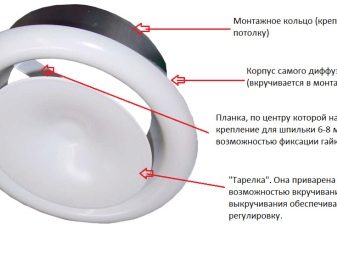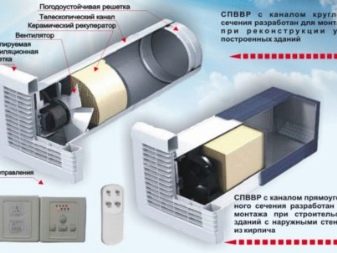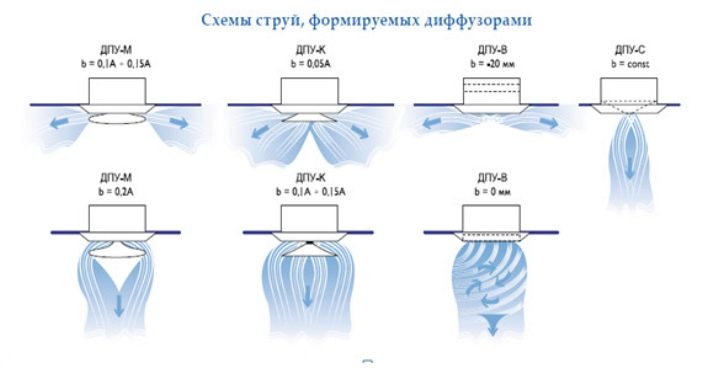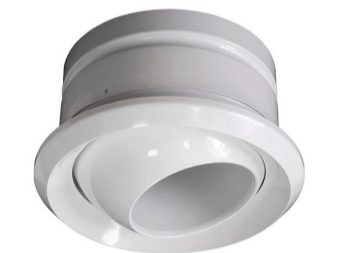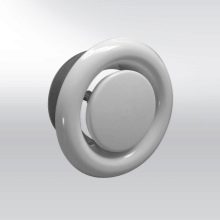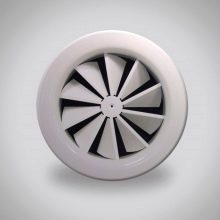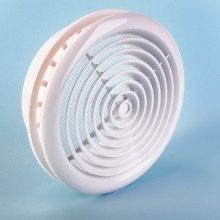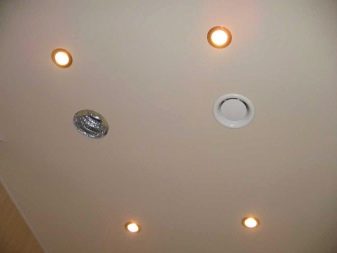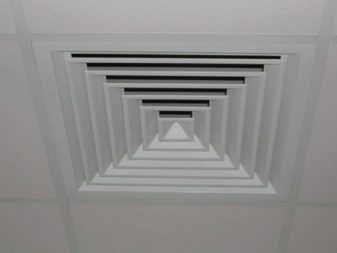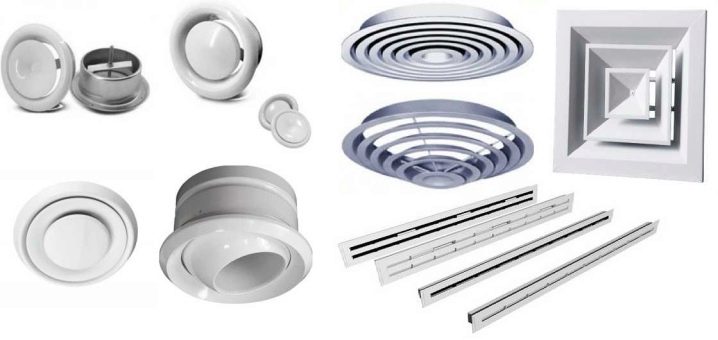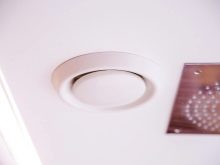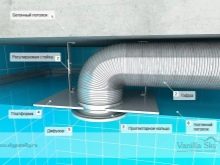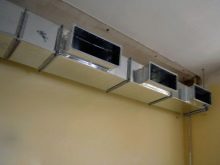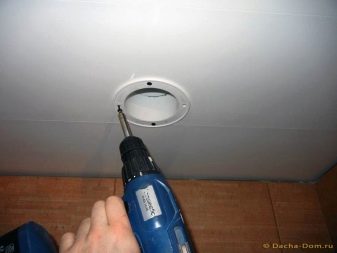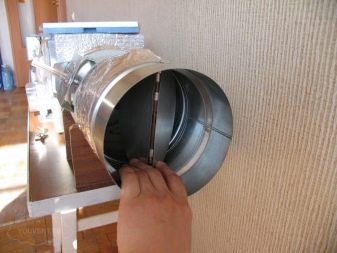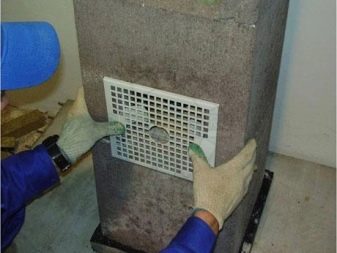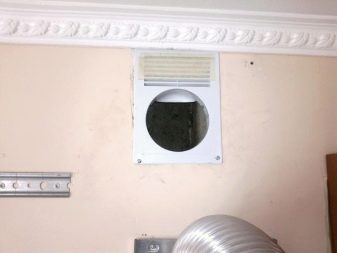Varieties and features of the use of ventilation diffusers
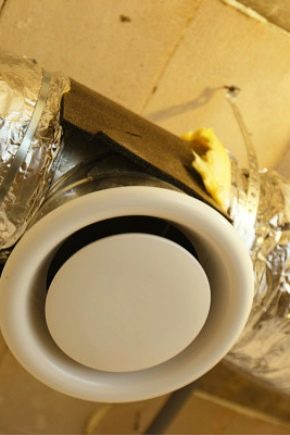
The optimal microclimate in an apartment or a private house is an important point that has a strong influence on the health and well-being of people living in it. Fresh air plays an important role in creating a comfortable living area. For this purpose, ventilation diffusers are installed in the houses.
What it is?
The diffuser is one of the elements of the apartment's air distribution system. It is visible and covers the ventilation hole, through which clean air penetrates and is removed from the room. The diffuser is somewhat similar to the standard ventilation grille, but it has a completely different design, which allows you to realize the main task - the distribution of air masses.
Without a ventilation diffuser, it will be difficult to achieve uniformity in the intake of fresh air, and this is fraught with the occurrence of drafts and stagnation of air in some parts of the room.
The outer part of the product can have a wide variety of colors and shapes. In addition, the number and format of holes differ. The interior of the device has a step that allows you to easily install it in the "socket".
You can install the diffuser in any room - it will only benefit from it. Moreover, these products are actively used not only in residential buildings, but also in production and storage facilities. Often these devices can be seen in gyms, shops, hospitals and other state and municipal institutions. However, in well-equipped apartment buildings to meet the diffuser - a rarity.
The fact is that in the apartments (with rare exceptions) there are no inlet ventilation devices. Therefore, to put the diffuser does not make sense. Fresh air is accessed through open windows or through special valves (for example, alpine vents), and the old air is drawn through grilles installed in the bathroom, toilet and kitchen.
Diffusers are used in the following systems:
- heating;
- conditioning;
- natural or artificial ventilation.
Device and principle of operation
Each vent The system works according to the standard principle.
- Clean air from the street enters the room with the help of fans or natural conditions (for example, temperature or pressure differential).
- Air supply is made by various air ducts (both hard and soft type).
- Uniform distribution of air through the rooms is organized with the help of special devices - diffusers.
There are two main tasks that ventilators do well:
- supply and removal of air from the rooms;
- mixing air streams in order to create optimal humidity and temperature in the room, as well as to ensure a healthy microclimate in the house.
By the way! Some models of diffusers allow you to adjust the amount of fresh air supplied, as well as completely block its flow if necessary. And this is all - in addition to the basic functions.
Modern diffusers look attractive, and a large variety of models allows you to choose those devices that best fit into any interior.
Distributors of air masses have their advantages, among them:
- ease of installation;
- ease of maintenance;
- long service life;
- regulation of the direction and strength of the air flow;
- effective work, which eliminates the stagnation of indoor air;
- versatility - it is possible to use both in small living rooms and in huge warehouses.
Diffusers have one drawback: under certain circumstances, a draft may appear. But their advantages are obvious.
Species
On the modern construction market there is a huge number of diffusers. They are made of two materials: plastic and metal (steel or aluminum). Metal products are painted with a variety of colors and are usually much more expensive than models made of plastic. Very rarely can be found in the sale of wooden diffusers, they are usually made to order. Wooden models will perfectly fit into the interior of a country house, as well as saunas and baths.
Diffusers are classified by:
- form - round, rectangular and square;
- purpose - ceiling, floor, wall;
- the principle of operation - displacing or mixing;
- device - external and internal.
It is also customary to distinguish diffusers by the size and shape of the holes for ventilation.
- Slotted. Usually it has a rectangular shape with long and narrow openings. The lamellas can be positioned directly or tilted, which allows you to regulate the flow of air, directing it directly or in a certain direction. Adjustment of the lamellae is carried out independently, some slot diffusers have the ability to adjust each blade separately. It is used both for the supply of fresh air and for removing old. Slotted models can be installed both on the wall and on the ceiling of the room.
For the effective use of this type of diffuser, there are restrictions on the maximum allowable ceiling height - no more than 400 centimeters, and the minimum - 260 centimeters.
- Nozzle. This type of diffuser is designed for large areas (eg, warehouse) space. The air mass enters inside with one powerful jet. Some nozzle-type air mass distributors can be equipped with adjustment of the direction of movement and angle of inclination.
- Cupcake. These are round-shaped diffusers. They are a frame with a circle fixed around it. The air supply is due to the gap between the frame and the circle.
- Whirling. Equipped with blades that rotate on the principle of a fan and perfectly mix air masses. The air, passing through the vortex diffuser, twists into a spiral and significantly increases the speed of its movement. They are installed in rooms where a quick change of air is necessary (for example, a bathroom or a toilet). In order to avoid a draft, all vortex models are equipped with a static pressure chamber.
- Fan. Represented by a complex of diffusers, which are combined into one system.
Stand out are low-speed diffusers. They work on the principle of forcing out old air from a room. Clean air enters at low speeds, which means that the risk of drafts is minimal. In addition, the temperature of fresh air differs by only a few degrees, which makes these diffusers one of the most comfortable. They can be both wall-mounted and floor-mounted, as well as recessed.Widely used in museums, sports complexes, concert halls, cinemas. Very often they are mounted in stairwells and steps.
Ceiling diffusers - the most popular model, widely used in various conditions, including manufacturing. Floor types of distributors of air masses are usually used in conjunction with radiators or entire heating systems that are installed in the floor.
Using a diffuser in these cases allows you to more efficiently heat the room and quickly reach a comfortable temperature.
Wall models are used very rarely, as they usually install conventional ventilation grilles on these planes.
Criterias of choice
In order not to lose with the purchase of a diffuser, When choosing it, you should follow some recommendations.
- The size of the channel of the ventilation system should correspond to the size of the distributor and its dimensions.
- Think over the material in advance. The most reliable option is metal.
- It is necessary to determine the model and color in advance so that the diffuser fits perfectly into the interior.
- The selected model must meet the standards of sanitary-hygienic and fire safety.
- It is necessary to individually take into account and calculate the required cross-sectional area of the diffuser so that the noise level does not exceed the permissible norms (not higher than 45-55 dBA). The optimum air velocity in the distributor should be no more than 2 m / s.
It is also worth considering that in residential and office premises, ceiling or wall diffusers made of plastic are usually installed. Steel models are more suitable for industrial and warehouse space.
In order for the diffuser to work efficiently, it is also necessary to calculate its optimal dimensions based on the area of the building, the air volume and the speed of the device. A special calculation scheme is used, which allows to take into account all these nuances and select the correct model.
Installation Recommendations
Mounting the diffuser is carried out after the completion of the entire interior decoration. You can install the ventilation distributor in the following ways:
- directly into the wall or ceiling (channelless ventilation);
- in metal flexible hose;
- in a box (rigid ventilation design).
When installing the diffuser in the ceiling should be considered coating. So, in the tension and suspended plasterboard bases can be mounted both round and square products.
It is recommended to carry out works in parallel with the installation of the coating:
- the place in which the air distributor will be located is planned;
- using a grinding machine with a diamond wheel, a deepening of the required dimensions in the ceiling with a gap of 5 mm is made;
- the body of the diffuser is inserted into the hole, and marked attachment points;
- perforator drilled space for mounting the diffuser;
- the product is fixed with dowels;
- slots are coated with sealant.
Note! Circular diffusers practically do not protrude beyond the installed surface, so they can be installed not only on the ceiling, but also on the walls.
Square distributors can be installed in cassette-type ceilings. The diffuser in this case hides under the main floor (decorative tile). Such a ceiling device allows you to freely carry out cleaning activities and repairs.
To install the diffuser in a metal corrugation follow the following sequence:
- a ventilator is attached to the free end of the corrugations;
- metal box neatly placed back into the channel;
- for a firm hold, press the diffuser until it clicks.
Installation in a rigid box is carried out in the same way.
Installation on the wall is carried out as follows:
- a hole is planned in the wall for the diffuser with a margin of 10 mm;
- a nest is mounted in the wall - a plastic or metal pipe, the diameter of which coincides with the distributor, and the thickness must be equal to the wall thickness;
- the pipe is inserted into the hole and strengthened with construction foam or liquid nails;
- a diffuser is placed in the socket, the edges of which are lubricated with a sealant.
In order for the installation of the ventilating air diffuser to pass without problems, it is necessary to choose quality hardware and building materials (sealant, mounting foam and liquid nails), and to follow the recommendations clearly. Then even self-installation of the diffuser will not be difficult in the exhaust, and in the supply and exhaust system.
An overview of the universal ventilation diffuser in the video below.

